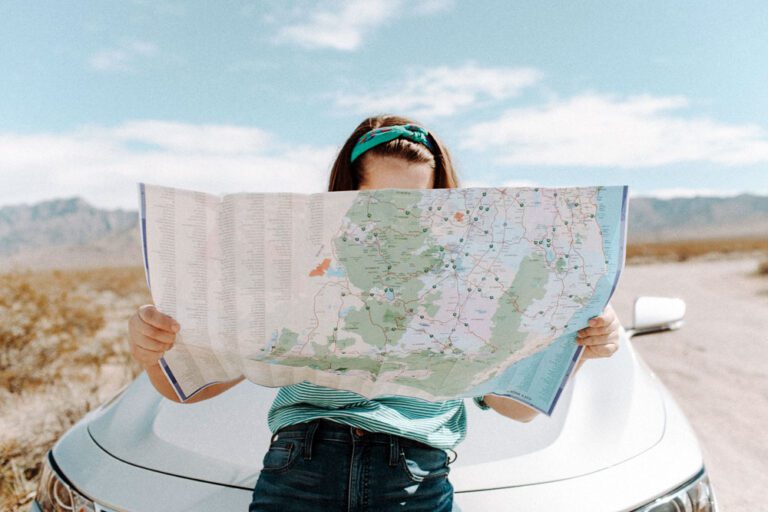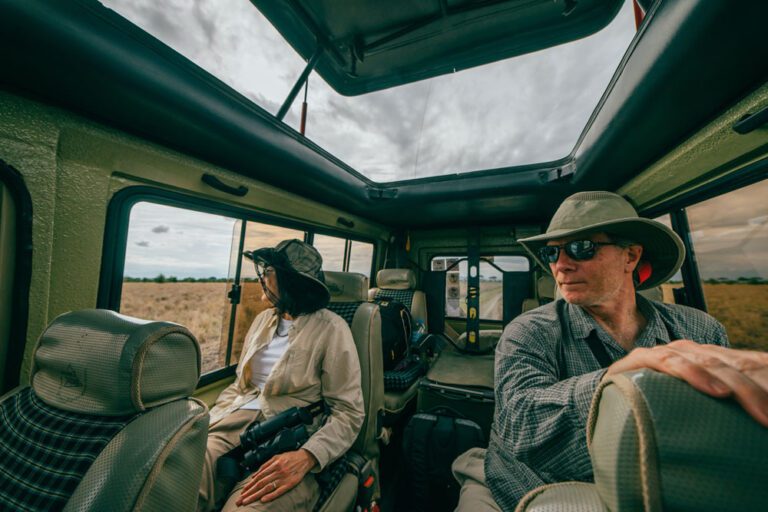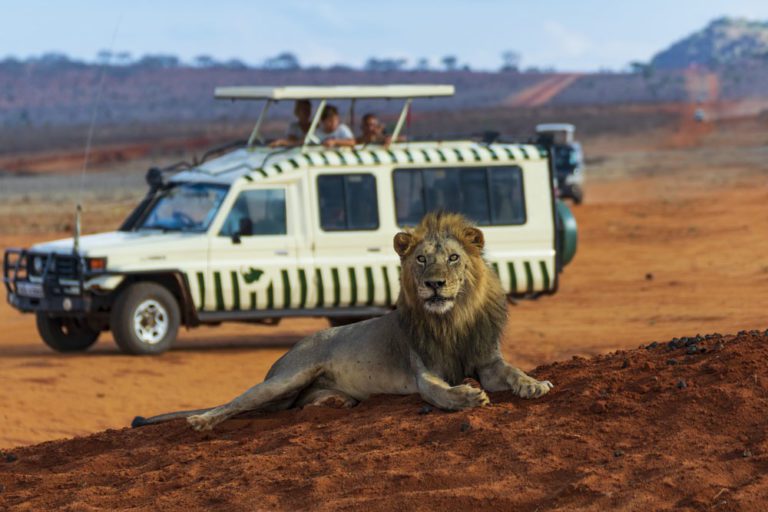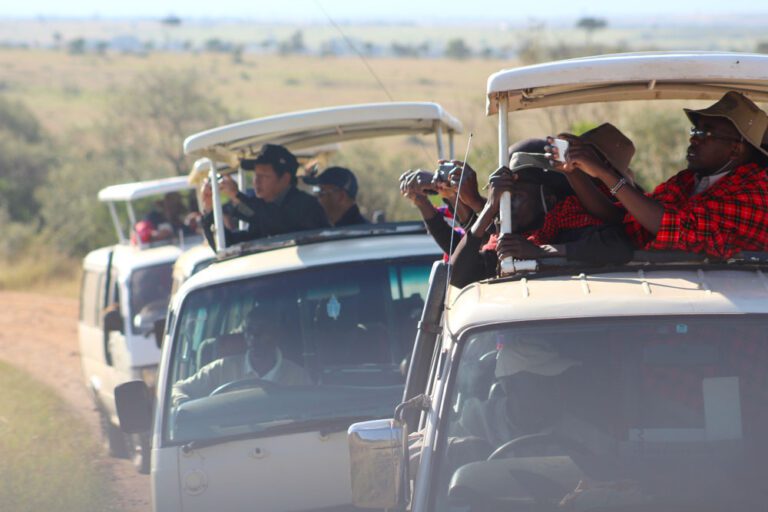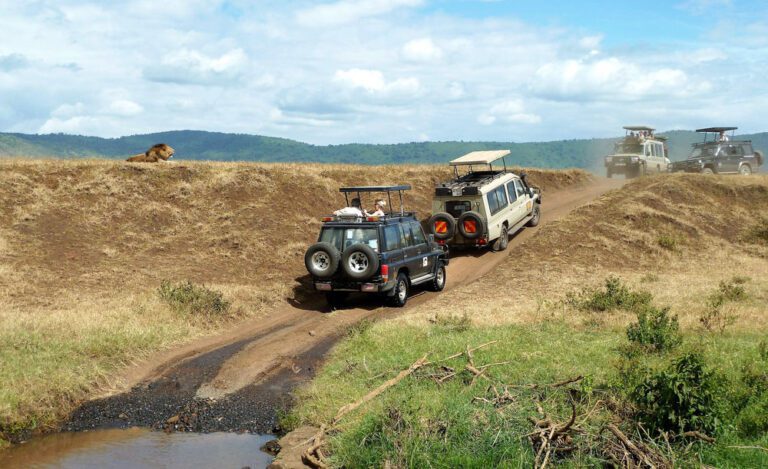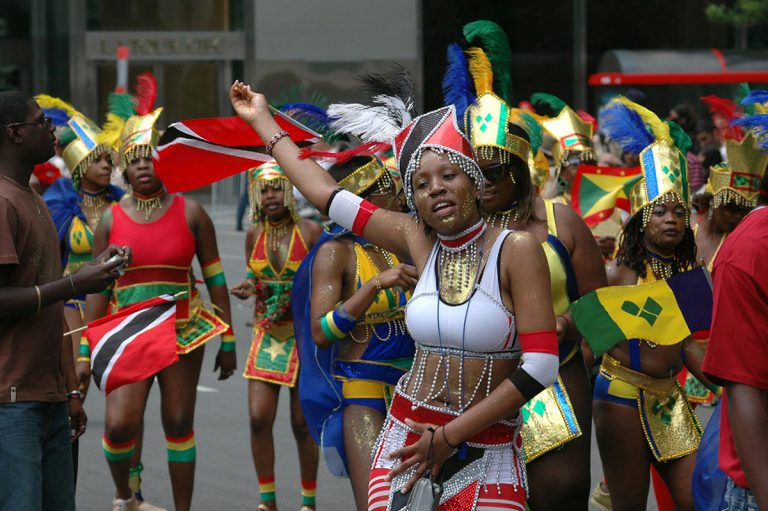Namibia Through the Seasons: The Best Time to Visit
Last updated on June 8th, 2023 at 07:59 pm
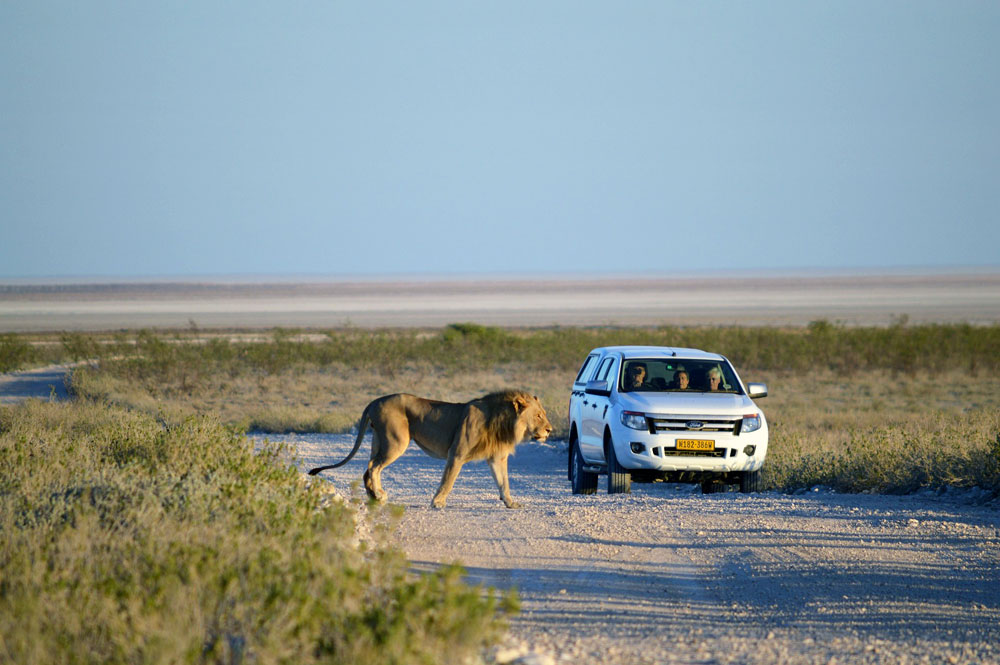
Welcome to the vibrant land of Namibia, where natural beauty and diverse landscapes await you throughout the year. Namibia is a land of contrasts, from the red sand dunes of Sossusvlei to the wildlife-rich Etosha National Park, and the rugged coastline of the Skeleton Coast.
But when is the best time to visit Namibia? The answer lies in the seasons. Namibia experiences two main seasons – the wet and the dry seasons. Each season offers a unique experience, from the lush greenery and abundance of wildlife in the wet season to the clear skies and comfortable temperatures in the dry season.
In this article, I will take you on a journey through the seasons in Namibia and help you choose the perfect time to visit based on your interests and preferences. Let’s explore the wonders of Namibia through the seasons together!
Namibia’s climate and weather patterns
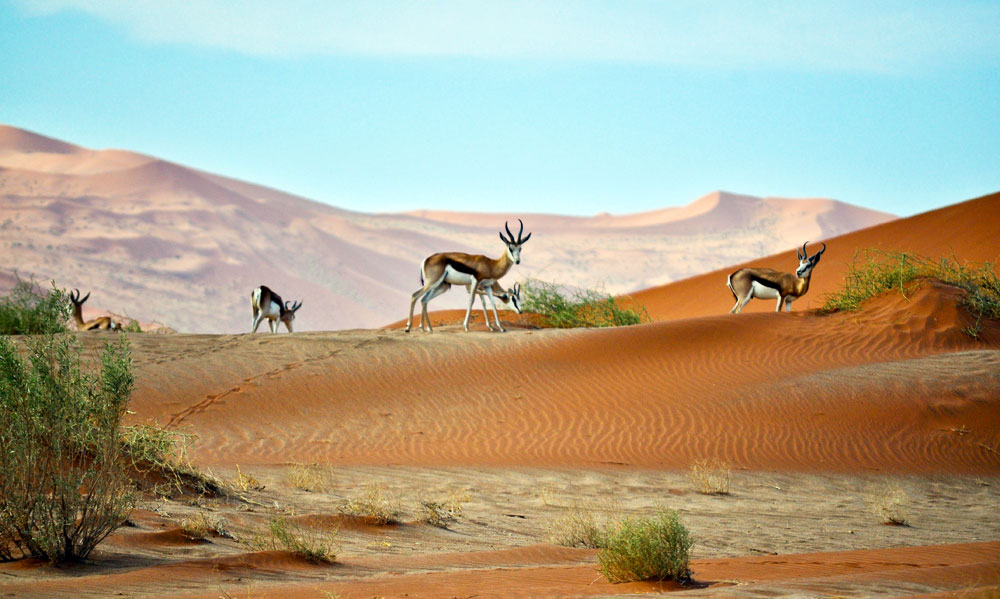
Navigating Namibia’s weather patterns can be the key to your perfect adventure. This desert gem, known for its breathtaking landscapes and vibrant wildlife, has a climate that’s predominantly dry, making it a year-round destination. However, understanding the seasons in Namibia can help you optimize your visit.
The rainy season, spanning from November to April, transforms much of the country into a lush, green oasis. Notably, this is the best time for birding in Namibia, as the rain fills the waterholes, attracting an incredible array of bird species. However, be prepared for the occasional thunderstorm and higher humidity levels during these months.
The dry season runs from May to October. This is often considered the best time to visit Namibia for wildlife viewing. The scarce water sources cause the wildlife, particularly in Etosha National Park, to congregate around waterholes, making them easier to spot during your game drives. However, keep in mind that the dry landscape can kick up dust, so consider bringing a scarf or bandana.
During this time, the daytime temperatures are generally pleasant, especially in Windhoek, the country’s capital. However, the temperature can drop significantly at night, especially in the desert regions around Sossusvlei, home to the iconic red dunes of Namibia.
July and August mark the peak travel months and are an excellent time to explore Namibia’s diverse landscapes, from the Skeleton Coast to Walvis Bay. The blue skies and comfortable daytime temperatures create a perfect backdrop for sightseeing.
Planning your trip to Namibia around these climate patterns can enhance your experience, whether you’re on a safari in Etosha, exploring the dunes of Sossusvlei, or soaking in the culture in Windhoek.
Best time to visit for wildlife sightings
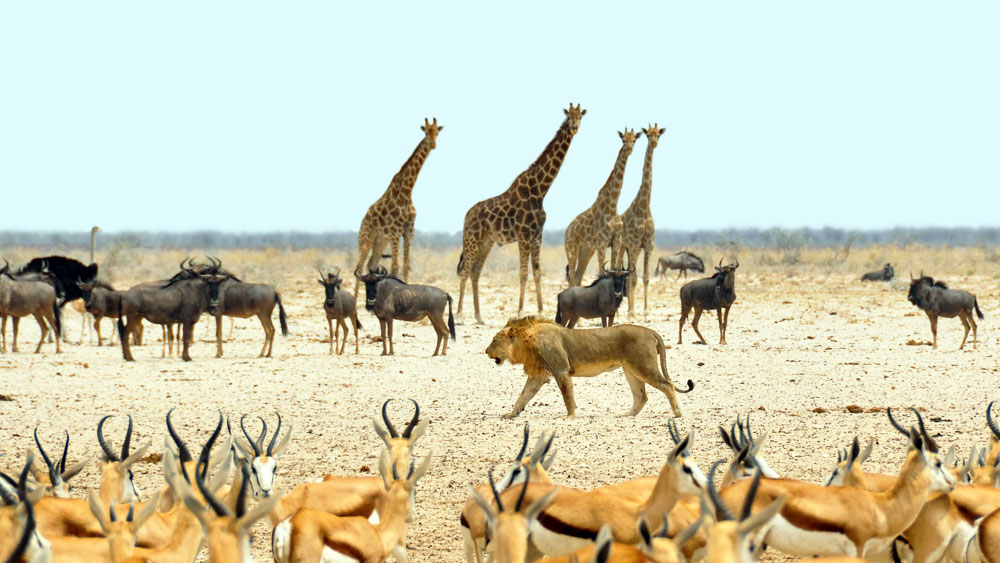
Namibia, with its diverse wildlife and stunning landscapes, is a dream destination for nature enthusiasts. However, knowing the best time to visit Namibia for wildlife sightings can truly enhance your safari experience.
From May to October, the dry season sweeps across the country, offering optimal wildlife viewing conditions. The vegetation thins out during this time, making it easier to spot animals such as lions, elephants, giraffes, and zebras. Moreover, the scarcity of water sources leads the wildlife to congregate around waterholes and rivers, providing unique opportunities to observe them up close.
Among the most rewarding destinations for wildlife viewing is Etosha National Park. Especially during the dry season, this park becomes a hub for a variety of animals like elephants, lions, and rhinos, all gathering around the watering holes. Another gem is the Caprivi Strip, known for its population of hippos, crocodiles, and a diverse array of bird species.
Despite the sparse rainfall and lower humidity levels in these months, daytime temperatures remain pleasant, although the temperature can drop significantly at night, especially in the desert landscapes around Sossusvlei and Skeleton Coast. So remember to pack for cool evenings alongside your safari gear.
July and August, the peak travel months in Namibia, offer clear blue skies and comfortable weather for game drives and exploration. However, if you’re looking for the cheapest time to visit Namibia without compromising on the experience, consider the shoulder months when the destinations are less crowded.
Best time to visit for birdwatching
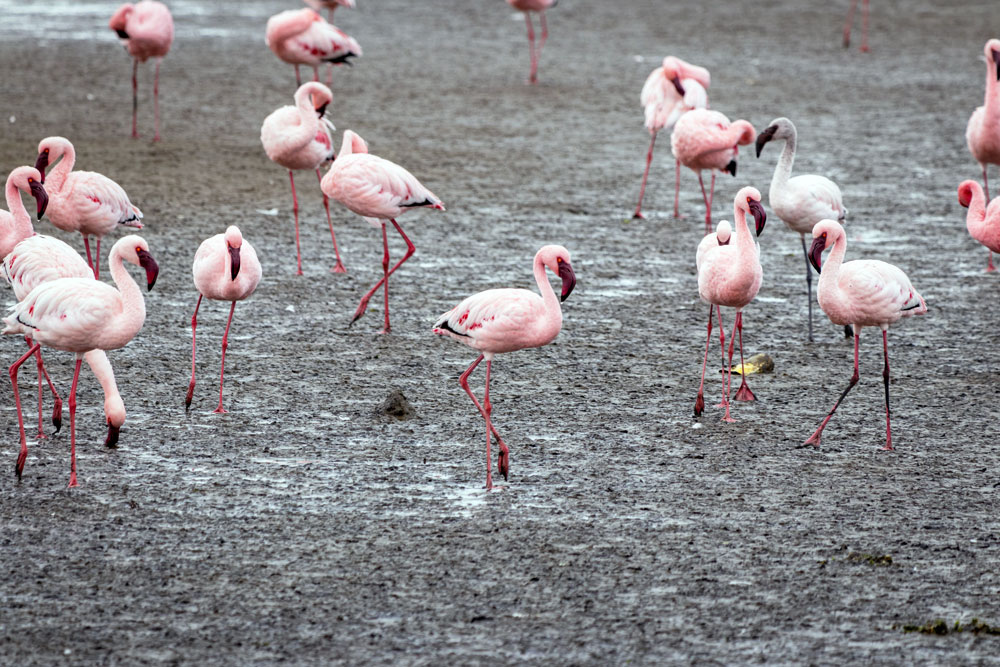
Bird enthusiasts are sure to find Namibia a haven, boasting a catalog of over 630 bird species. If birdwatching is on your list of things to do in Namibia, the wet season from November to April is the prime time for this activity. The country’s water sources brim with life, hosting a plethora of migratory birds during these months.
Caprivi Strip is a hotspot for bird lovers, teeming with a variety of waterbirds including storks, herons, and pelicans. Further enhancing Namibia’s bird-watching experience is the Kunene River, a sanctuary for over 250 bird species. Additionally, the wetlands around Walvis Bay offer a spectacular birding spectacle, with flamingos, pelicans, and other waterbirds gathering in substantial numbers.
While the rainfall during this season can lead to occasional thunderstorms, it also enhances the lushness of the landscapes, providing a vibrant backdrop for your birdwatching excursions. The daytime temperatures are usually pleasant, although they can drop considerably after sunset, particularly in the desert areas around Sossusvlei.
A Namibia vacation isn’t just about wildlife viewing or exploring the red dunes of Sossusvlei; it’s also about immersing oneself in the country’s unique birdlife. So, if you’re planning a trip to Namibia during the wet season, gear up for an incredible birdwatching adventure alongside the many other wonders that this African gem has to offer.
Best time to visit for outdoor activities
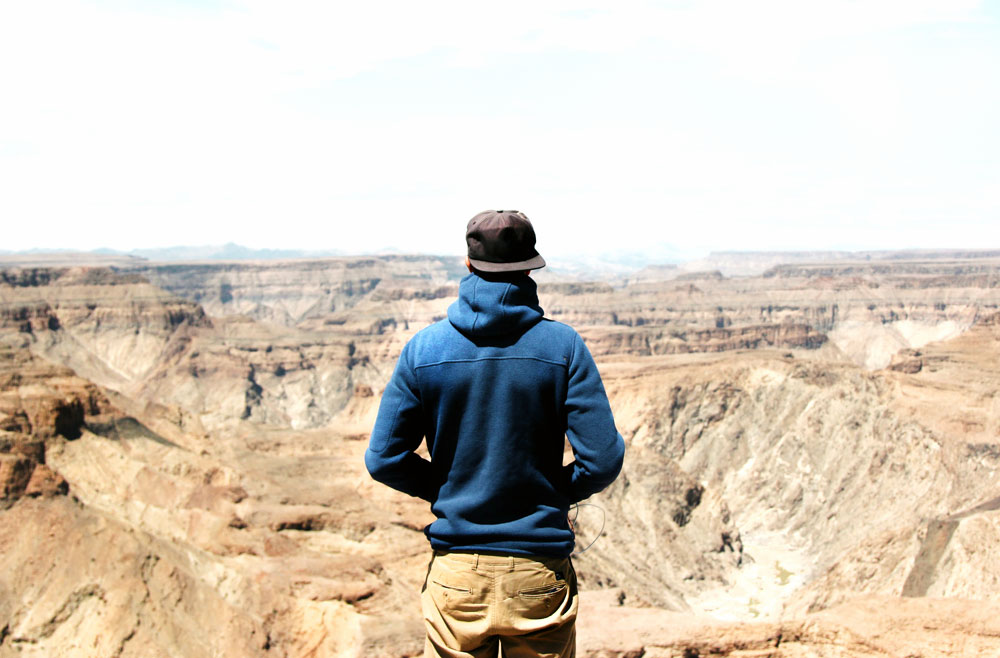
Namibia, a playground for adventurers, offers a broad spectrum of outdoor activities, catering to various interests and expertise levels. If your Namibia vacation involves outdoor pursuits like hiking, camping, or photography, then the best time to visit Namibia is during the dry season, spanning from May to October. During these months, the weather in Namibia is agreeable, complemented by clear blue skies, perfect for outdoor adventures.
Among the top things to do in Namibia, hiking in the Fish River Canyon is an exceptional experience. One of the world’s largest canyons, it offers breathtaking views, especially in the dry season when temperatures are pleasant and the landscapes aren’t as harsh as in the wet season.
Another must-try activity is camping under the starlit sky in the Namib Desert. Amid the desert landscapes, particularly around Sossusvlei, the temperatures can drop considerably at night, but the spectacle of the dunes under the stars is worth the chill.
For photography enthusiasts, wildlife viewing during game drives in places like Etosha National Park or around waterholes in the northern part of Namibia presents outstanding opportunities, with wildlife easier to spot in the sparse vegetation of the dry season.
Best time to visit for cultural experiences
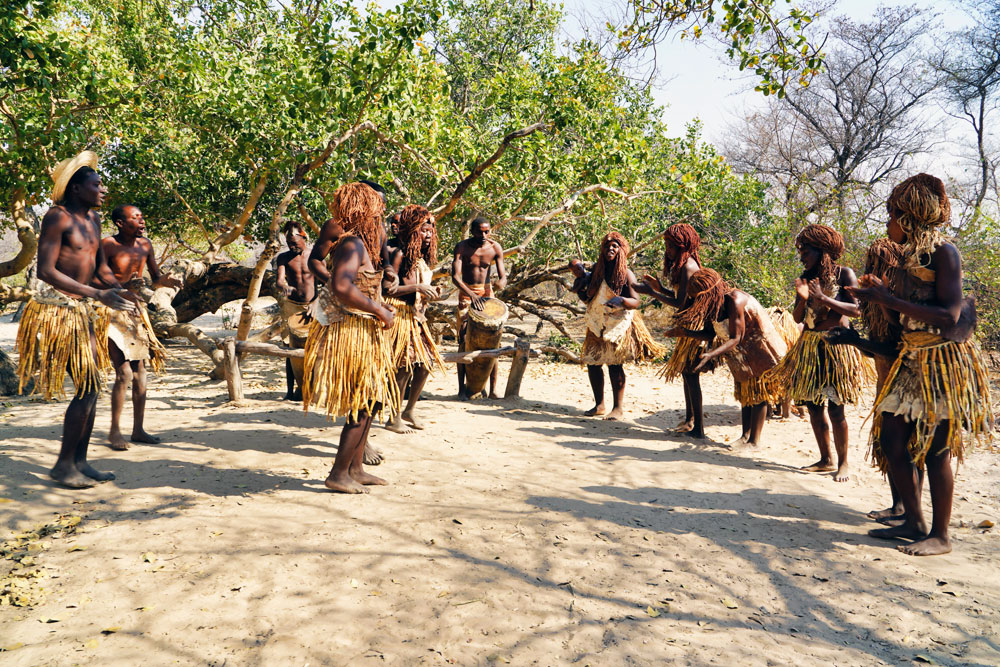
Namibia, a nation steeped in history and rich with diverse cultures, offers visitors an unforgettable cultural journey. If immersing yourself in Namibia’s cultural tapestry is your desire, then the dry season from May to October is the best time to visit Namibia. This time of year is when most of the vibrant cultural festivals and events are held across the country.
One cultural highlight during your Namibia vacation is the renowned Himba Tribe Festival, a popular time in the Kunene Region, usually held in August. This festival is a grand celebration of Himba culture, featuring traditional dances, music, and food. If you’re there during this month, it’s an excellent time to revel in the festivities and experience the Himba way of life.
For a more intimate cultural encounter, consider visiting a traditional Himba village. Here, you can learn about the tribe’s customs, with daytime temperatures providing a pleasant backdrop for exploration.
Namibia is not only about wildlife viewing or safari in places like Etosha National Park. It’s also a destination where you can connect with the local culture and traditions, adding another dimension to your trip to Namibia.
Off-season travel to Namibia
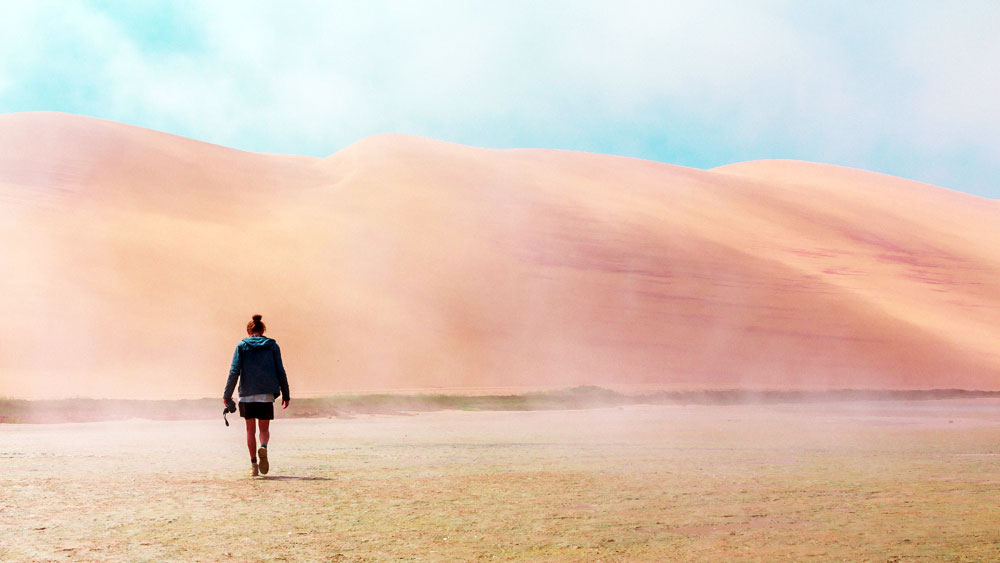
If you’re drawn to the idea of avoiding the peak travel months and prefer a more relaxed pace, visiting Namibia during the off-season presents its unique charm. Namibia’s off-season corresponds to its wet season, which spans from November to April. This time of year might be the cheapest time to visit Namibia, and it certainly doesn’t lack fascinating things to do in Namibia.
During the rainy season, the landscapes of Namibia transform. The usually arid desert landscapes burst into a verdant spectacle, making it an excellent time to experience Namibia’s natural beauty in a different light. The temperatures during the day are comfortable, and the occasional thunderstorm brings a sense of drama to the expansive blue skies.
A trip to Namibia during this time offers you the opportunity to witness the spectacular Epupa Falls in the remote Kunene Region. Rainfall during this time means the falls are at their most impressive, cascading amidst lush greenery.
Also, the infamous Skeleton Coast provides a unique experience during the wet season. The rugged coastline reveals shipwrecks’ remnants, a stark contrast to the lushness brought about by the rain.
A Namibia vacation during the off-season also means you’ll encounter fewer crowds on your game drives in Etosha National Park. The wildlife viewing remains exciting, as animals are easier to spot around water sources.
To sum it up, while the best time to visit Namibia is typically during the dry season, an off-season visit allows you to enjoy a different facet of this fascinating country. The choice depends on your interests and what you hope to get out of your Namibian adventure.
Planning your Namibia trip based on the seasons
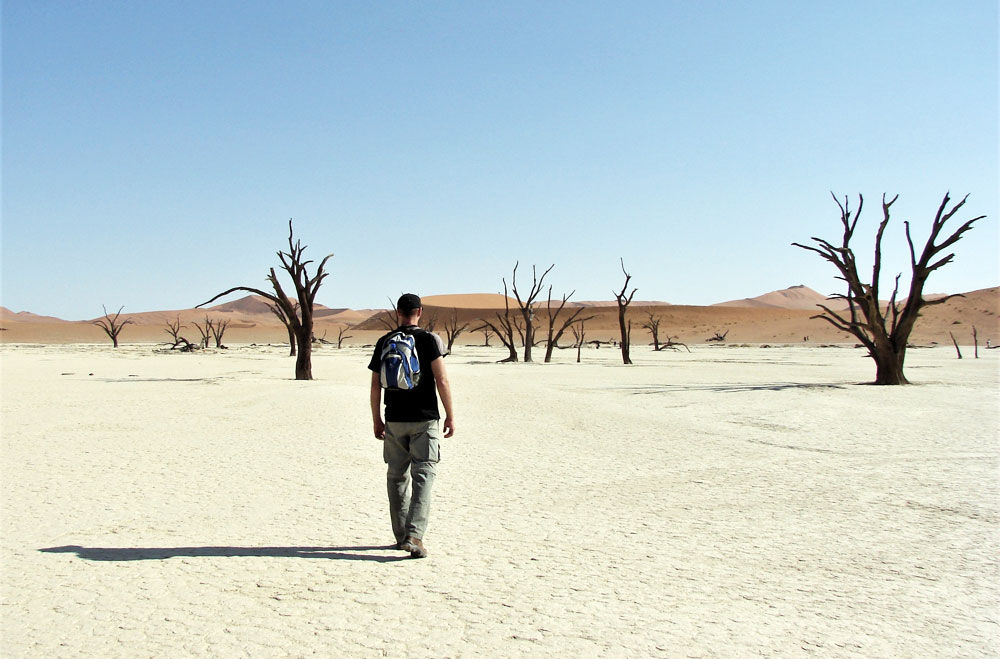
As you map out your Namibia vacation, it’s vital to align your travel plans with the country’s climate and the season in Namibia that suits your interests best. The best time to visit Namibia largely hinges on what you’re hoping to experience.
For those who have wildlife viewing high on their list of things to do in Namibia, the dry season, typically from May to October, comes highly recommended. During this time, wildlife congregates around waterholes, making them easier to spot, especially in Etosha National Park. Daytime temperatures are pleasant, and the clear blue skies make for excellent game drives. Plus, if you’re interested in exploring the red dunes of Sossusvlei or the haunting beauty of the Skeleton Coast, the dry season offers the perfect conditions.
On the other hand, if you’re an avid bird watcher planning to go to Namibia for bird watching, the wet season from November to April is your best bet. This period is also the wettest time, when the landscape transforms, and Namibia’s weather is characterized by rainfall, thunderstorms, and increased humidity. The increase in water sources during this time attracts a variety of bird species, making it an excellent time for birding.
The wet season is also a popular time for cultural experiences, with many traditional events and festivals happening across much of the country, from Windhoek to northern Namibia. Plus, the temperatures in the desert drop, offering a different perspective of the desert landscapes and dune formations, like those in Sossusvlei.
If you’re drawn to the lure of quieter trails and fewer crowds, consider visiting during the off-season, which might also be the cheapest time to visit Namibia. The country’s waterfalls, such as those in the Kunene region, are at their most spectacular during this time, and the lush greenery presents a different side of Namibia’s usually arid landscape.
Remember, though, that the weather in Namibia can vary, with temperatures during the day generally being warm and temperatures dropping at night. So, regardless of the time you choose to travel in Namibia, packing layers is always a good idea.
Top Destinations to Visit in Namibia
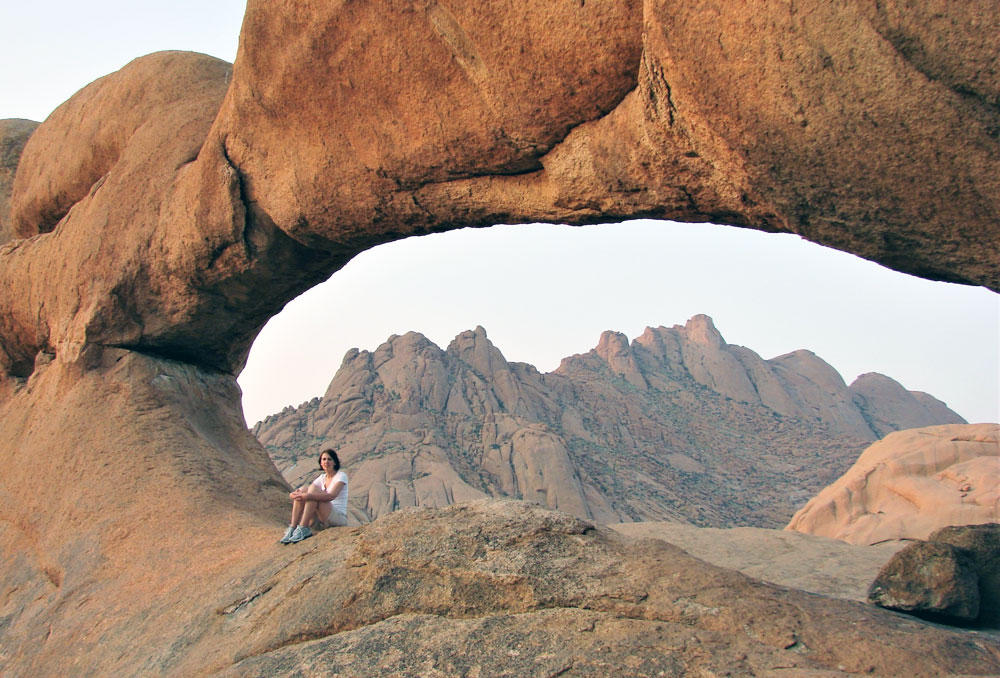
Namibia is a vast country with a wide range of destinations to explore. Some of the top destinations to visit include:
- Sossusvlei: home to the iconic red sand dunes and stunning landscapes.
- Etosha National Park: a wildlife-rich park where you can see lions, elephants, and other animals up close.
- Swakopmund: a charming coastal town with German colonial architecture and a variety of outdoor activities.
- Fish River Canyon: one of the largest canyons in the world, perfect for hiking and camping.
- Damaraland: a rugged and remote region with stunning landscapes and ancient rock art.
Conclusion
To wrap up, Namibia is a land of remarkable contrasts. Its diverse landscapes vary from the red dunes of Sossusvlei to the rugged Skeleton Coast and the abundant wildlife of Etosha National Park. It’s a country rich in culture and history, all adding to the beauty of a Namibia vacation.
The best time to visit Namibia depends on what you’re looking to experience. For wildlife enthusiasts, game drives during the dry season, between May and October, promise exceptional sightings as animals cluster around water holes, making wildlife easier to spot, especially in Etosha. The pleasant daytime temperatures and clear blue skies enhance this experience.
Bird watchers might prefer to go to Namibia for bird watching during the rainy season, from November to April. During this wettest time, the increase in water sources and rainfall attracts a diverse array of birds. The climate in Namibia is also transformed during these months, with the landscape becoming lush and green, and thunderstorms providing a dramatic backdrop.
Cultural explorers will find the season in Namibia between May and October rewarding. A myriad of cultural events across the country, from Windhoek to the northern regions, offer deep insights into the rich traditions and customs of this unique destination in Africa.
Moreover, the off-peak season can be the cheapest time to visit Namibia, providing a more tranquil experience, less crowded trails, and the joy of seeing the country’s waterfalls at their peak flow.
Keep in mind that the weather in Namibia, whether in the driest month of the year or the wettest, can fluctuate. Daytime temperatures are generally warm, but the temperature can drop significantly at night, so packing layers is a good idea.
In essence, every season, every month in Namibia has something special to offer. The key is planning your trip to Namibia around what you most want to see and do. So, get ready to experience the best of Namibia through the seasons. Pack your bags, grab your camera, and embark on a journey that will surely leave an indelible mark on your travel memories!

